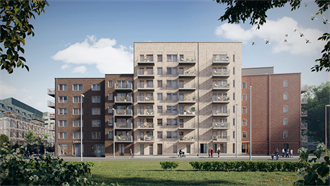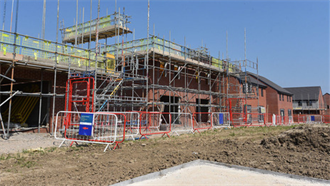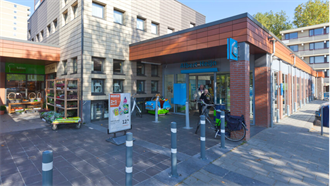Covid-19 has fast-forwarded workplace trends that were already in place, but experts warn against overstating the pandemic's long-term implications for the office sector.
MAGAZINE: Rethinking the purpose of the office
- In Magazine highlights
- 11:50, 31 augustus 2020
Premium subscriber content – please log in to read more or take a free trial.
Events
Latest news
Best read stories
-
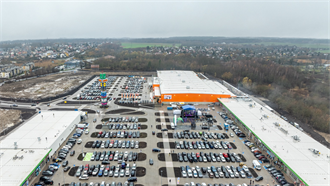
Trei invests €44m in Polish retail parks over 2024
- 19-dec-2024
International developer and asset holder Trei Real Estate has concluded 2024 with the opening of its 41st Vendo Park in Poland.
-

-
- 19-dec-2024
CDC snaps up Paris office from Deka

-
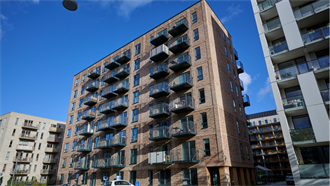
-
